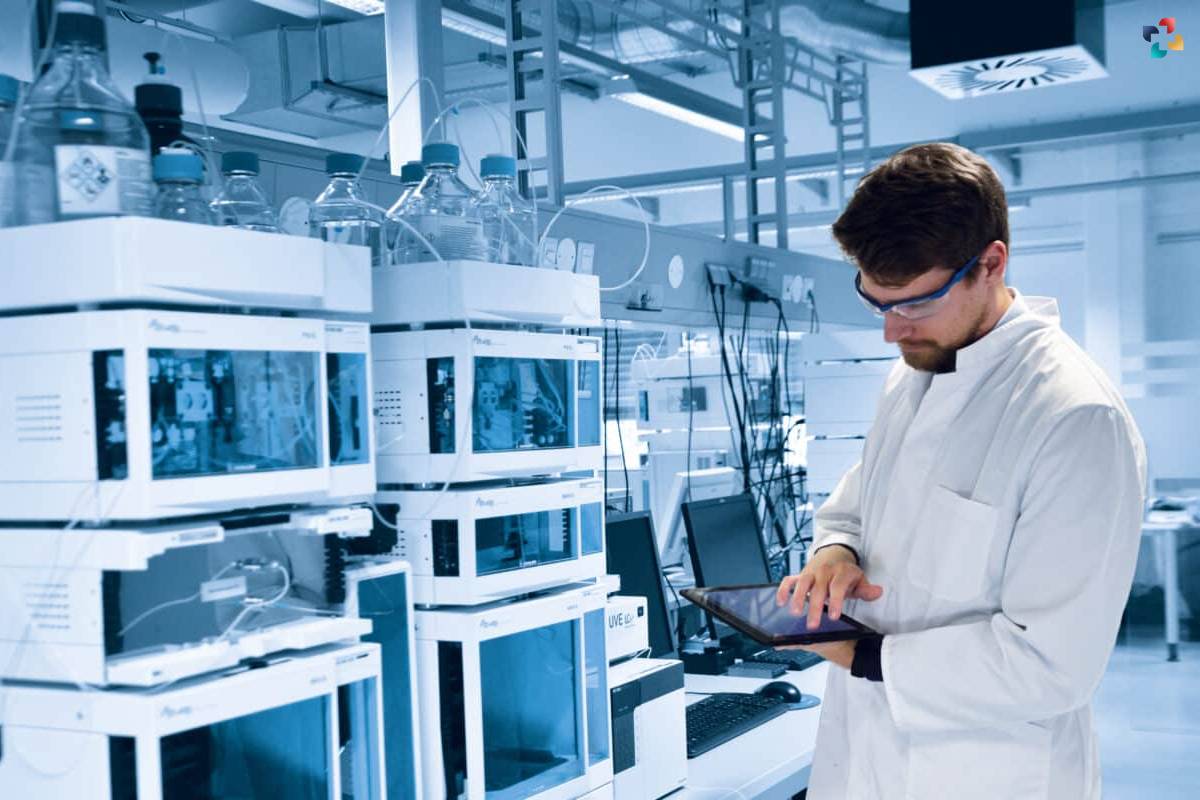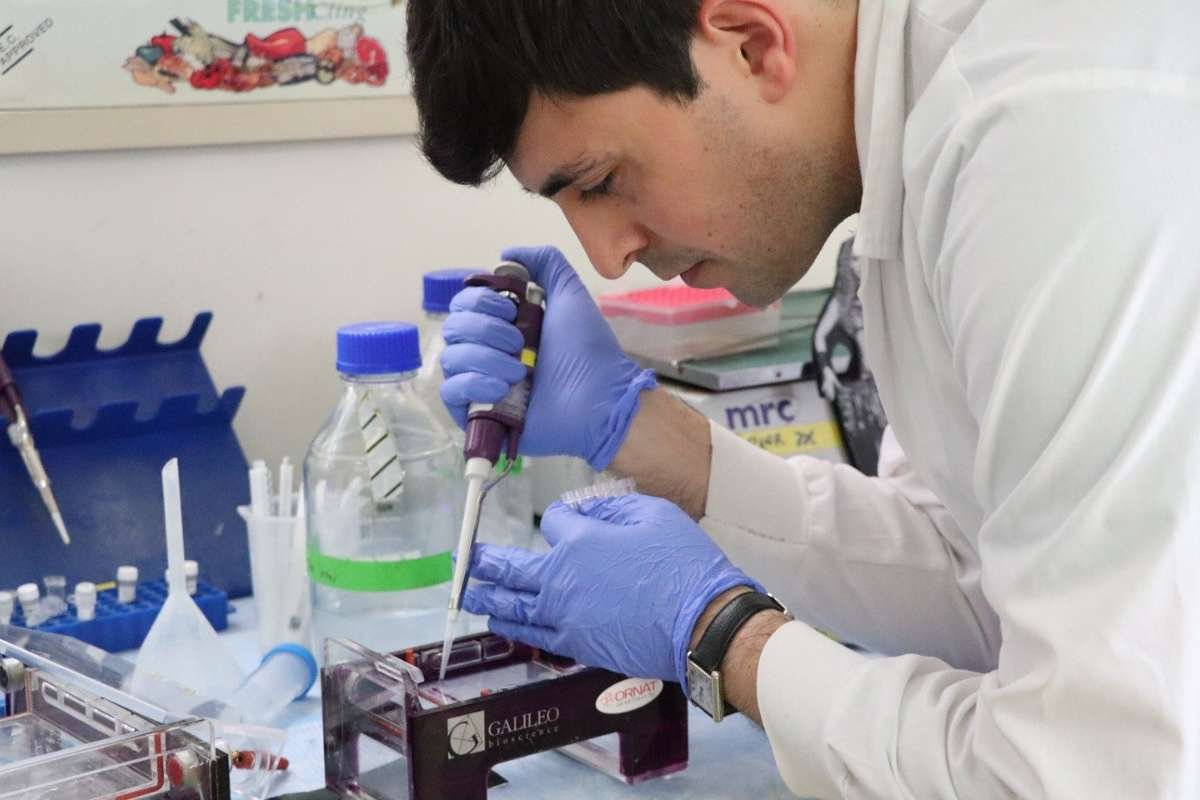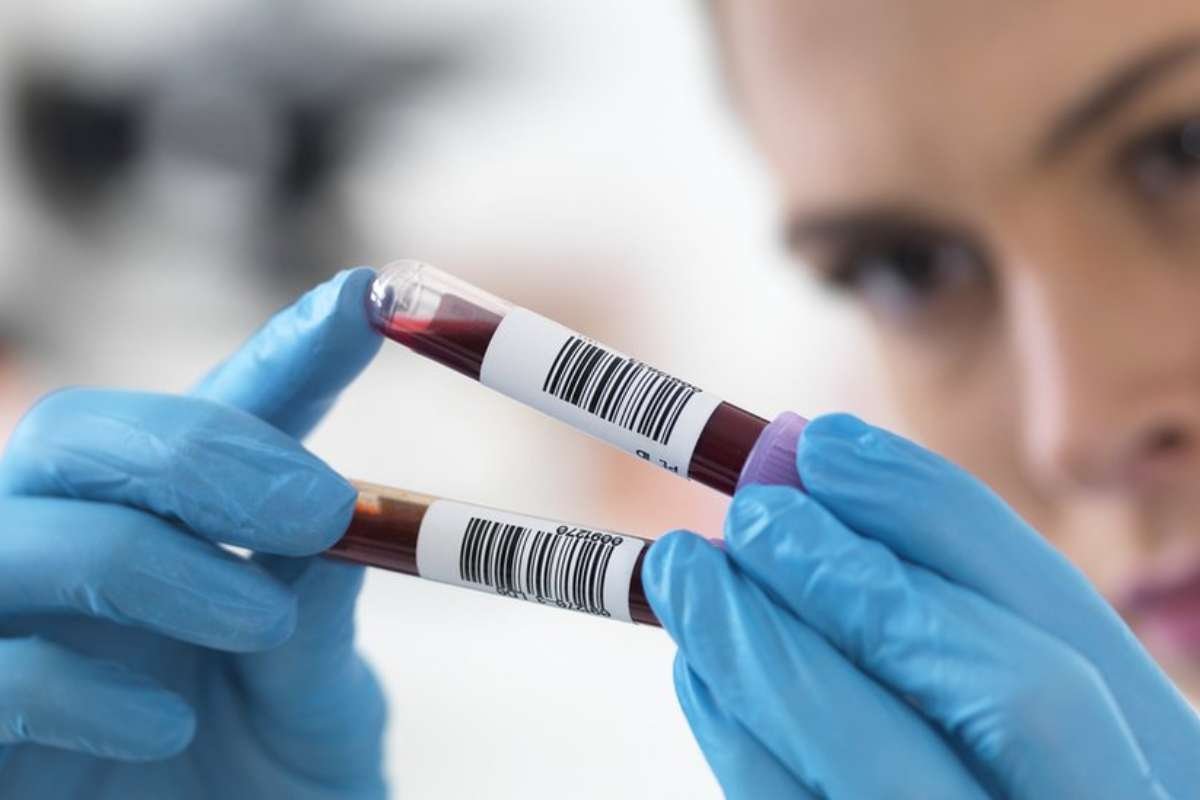Source-Chromatography Online
Supercritical Fluid Chromatography (SFC) is a highly adaptable and potent technology for the analysis of complicated mixtures, and it stands as the epitome of separation science. SFC is at the forefront of analytical chemistry improvements as it marries conventional chromatography with the special qualities of supercritical fluids. This paper explores the fundamentals, uses, and benefits of SFC, revealing the secrets of its effectiveness in a range of analytical contexts.
What is the Principle of Supercritical Chromatography?
1. Chromatographic Foundations
Supercritical Fluid Chromatography operates on the fundamental principles of chromatography, where the separation of components in a mixture is achieved based on their differential interactions with a mobile phase and a stationary phase. However, what distinguishes SFC is the use of supercritical fluids as the mobile phase.
2. Supercritical Fluid State
Supercritical fluids exist in a state that transcends both liquid and gas phases. By manipulating temperature and pressure conditions, a substance can be brought into this supercritical state, where it exhibits unique properties such as high diffusivity and low viscosity, crucial for efficient chromatographic separations.
Use of Supercritical Fluid Chromatography (SFC):
The adoption of Supercritical Fluid Chromatography (SFC) heralds a transformative era in analytical chemistry, offering a dynamic and efficient solution for the separation and analysis of complex mixtures. As we delve into the applications of SFC, it becomes evident that this chromatographic technique transcends conventional boundaries, providing scientists with a versatile tool capable of addressing diverse analytical challenges.
1. SFC in Pharmaceutical Advancements
In the pharmaceutical realm, where precision and efficiency are paramount, SFC emerges as a game-changer. Its application spans drug development and quality control, significantly expediting the analysis of intricate pharmaceutical compounds. The unique ability of SFC to handle chiral compounds with exceptional resolution holds immense value, ensuring the production of pharmaceuticals with enhanced efficacy and reduced development timelines.
2. SFC’s Role in Food and Beverage Analysis

The complexities of food and beverage matrices demand an analytical approach that can navigate through diverse compounds with accuracy. Supercritical Fluid Chromatography, with its adaptability to various solvents and unparalleled sensitivity, becomes an indispensable asset in assessing food additives, identifying contaminants, and maintaining stringent quality control standards.
3. Environmental Monitoring Elevated by SFC
As environmental concerns intensify, the need for advanced analytical techniques becomes paramount. SFC’s capability to analyze polar and nonpolar compounds positions it as a key player in environmental monitoring. Whether scrutinizing water quality, investigating soil samples, or assessing air pollutants, SFC provides a comprehensive solution for discerning the intricate composition of environmental samples.
4. Championing Chiral Separations
A standout feature of Supercritical Fluid Chromatography lies in its proficiency in chiral separations. In industries where enantiomeric purity is critical, such as pharmaceuticals and agrochemicals, SFC’s prowess in efficiently separating chiral compounds elevates it to the status of a preferred and indispensable analytical tool.
5. SFC-MS Coupling Expanding Analytical Horizons
The fusion of SFC with Mass Spectrometry (MS) creates a synergistic analytical platform that goes beyond traditional boundaries. This coupling enhances the capabilities of both techniques, opening new frontiers in metabolomics, proteomics, and the exploration of natural products. SFC-MS represents a harmonious convergence of superior separation power and advanced compound identification, propelling analytical capabilities to unprecedented heights.
In essence, the use of SFC chromatography encapsulates a transformative analytical paradigm. As we navigate through its applications, the versatility, efficiency, and precision of SFC unfold, showcasing its instrumental role in shaping advancements across pharmaceuticals, food analysis, environmental monitoring, and beyond. Supercritical Fluid Chromatography stands not merely as a technique but as a catalyst for innovation, empowering researchers and analysts with the means to explore the complexities of diverse sample matrices with unprecedented clarity and depth.
6. Versatility in Applications
SFC finds applications across a spectrum of industries, from pharmaceuticals and food analysis to environmental monitoring. Its ability to handle a wide range of analytes, including polar and nonpolar compounds, makes it a go-to technique for scientists seeking reliable and efficient separation solutions.
7. Pharmaceutical Industry
In drug development, SFC plays a pivotal role in analyzing complex mixtures, ensuring the purity and quality of pharmaceutical compounds. Its compatibility with a diverse range of solvents and its ability to separate chiral compounds make it indispensable in pharmaceutical research and quality control.
8. Food and Environmental Analysis
SFC’s versatility extends to food and environmental analysis, where complex matrices demand high-resolution separations. Its ability to operate with reduced environmental impact, compared to traditional techniques, aligns with the growing emphasis on green analytical methods.
Why Supercritical Fluid Chromatography is Better than HPLC?
1. Efficiency and Speed

SFC offers several advantages over High-Performance Liquid Chromatography (HPLC). One key distinction lies in the efficiency and speed of separations. The lower viscosity of supercritical fluids facilitates faster mass transfer, reducing analysis times and enhancing throughput.
2. Compatibility with Nonpolar Compounds
HPLC often struggles with the separation of nonpolar compounds due to the limitations of aqueous mobile phases. SFC, utilizing supercritical CO2 as a mobile phase, excels in separating both polar and nonpolar compounds with enhanced resolution.
3. Reduced Environmental Impact
SFC’s utilization of supercritical CO2 as a primary solvent aligns with the principles of green chemistry. CO2 is non-toxic, non-flammable, and easily recyclable, contributing to reduced environmental impact compared to the organic solvents often used in HPLC.
Difference Between SFC and GC:
1. Mobile Phase Distinctions
While both SFC and Gas Chromatography (GC) employ gases as mobile phases, the critical difference lies in the nature of these gases. SFC uses supercritical fluids, often CO2, while GC uses inert gases like helium or nitrogen.
2. Applicability to Analyte Types
GC is highly effective for volatile and thermally stable compounds, making it suitable for applications such as environmental analysis. On the other hand, Supercritical Fluid Chromatography’s versatility allows the analysis of a broader range of compounds, including those that may not be suitable for GC.
3. Temperature and Pressure Conditions
GC typically requires higher temperatures, limiting its applicability to thermally stable compounds. SFC, operating at lower temperatures, offers advantages in the analysis of thermally labile substances.
Principle of Supercritical Fluid:

1. Understanding the Supercritical State
A substance reaches the supercritical state when subjected to specific temperature and pressure conditions beyond its critical point. At this point, it exhibits properties of both a gas and a liquid, possessing the density of a liquid and the diffusivity of a gas.
2. Unique Properties
Supercritical fluids, like supercritical CO2 commonly used in Supercritical Fluid Chromatography, offer unique properties, such as high diffusivity, low viscosity, and tunable density. These characteristics contribute to their effectiveness in chromatographic separations.
Theory of Supercritical Fluid:
1. Theoretical Foundations
The theory of supercritical fluid behavior in chromatography is rooted in the principles of mass transfer, thermodynamics, and fluid dynamics. Understanding how supercritical fluids interact with analytes and the stationary phase is crucial for optimizing separations and achieving desired analytical outcomes.
2. Mass Transfer Dynamics
The efficiency of SFC relies on the rapid mass transfer of analytes between the mobile phase (supercritical fluid) and the stationary phase. The unique properties of supercritical fluids facilitate enhanced mass transfer, contributing to the speed and efficiency of chromatographic separations.
Conclusion:
Finally, Supercritical Fluid Chromatography provides a strong instrument with a wide range of uses and unmatched benefits, serving as a monument to the development of separation research. The trip through SFC reveals the revolutionary influence it has had on analytical chemistry, from its fundamental ideas to practical applications, giving chemists an advanced way to decipher the intricacies of various sample matrices.









